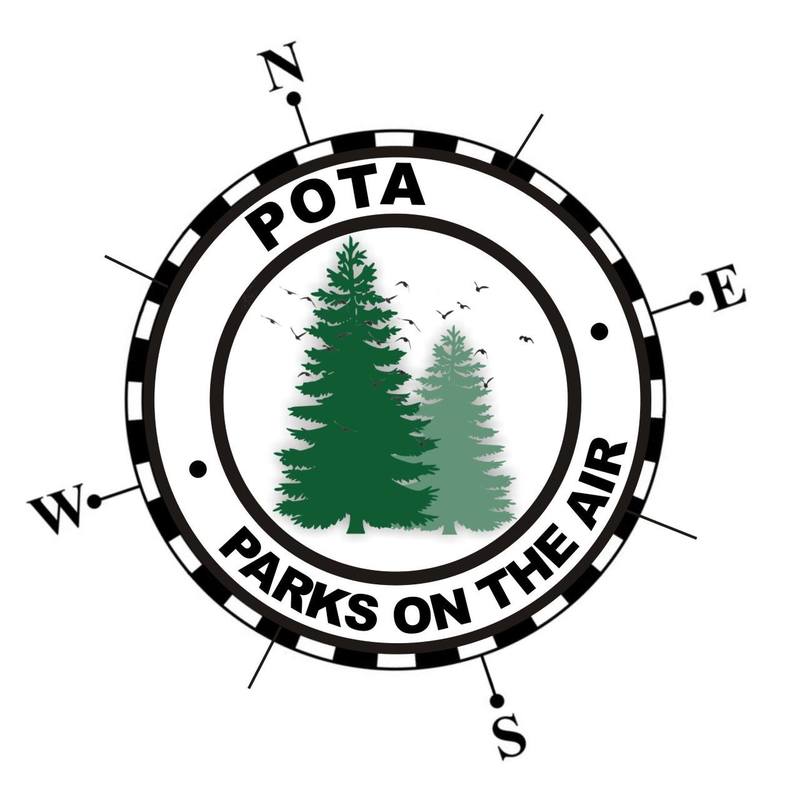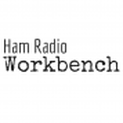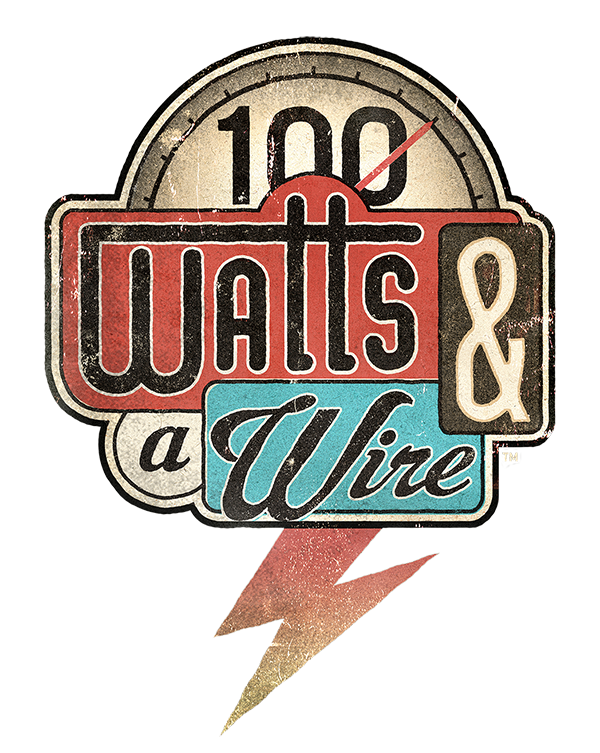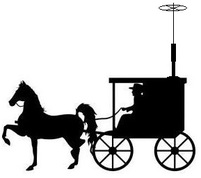WWFF Activation Report!
Liberty State Park KFF-1623
I used my normal bag of tricks when deciding which park to activate on this trip. I've written in the past about my methodology for choosing a park to activate, so if you're into that kind of thing you can read about it here. For some of my recent activations I have stayed inside of state parks, but for this trip I was staying at one of the standard chain hotels and driving in and out of the park in the evenings.
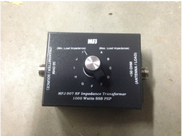
40 Meters (voice portion of band): 2 antenna arms, 1 coil (not tapped), 1 of the standard telescoping whip sections (extended 4 sections), and 1 additional detail - verticals on cars at this frequency often need some assistance making a match. In my case I have an MFJ-907 unun installed the car (I talked about that here.) I also needed use that on it's "J" setting to match the antenna to the feed-line.
For me this was awesome. Not awesome they way we use it in every day language, but awesome in the sense of it's true definition - inspiring great admiration - because I feel like this contact represents the very heart of one of the purposes of ham radio, international goodwill. Here's why:
I'm very new to CW. I've only had my license since 2014, so I didn't have to learn code for my test, but I'm fascinated by it, and wanted to learn it. I'm still a complete noob though, struggling through contacts at 5 wpm. That's what makes this so fantastic. It was obvious to me that Danny took his time, and slowed way down from what he was accustomed too, in order to make this contact with me. He even worked through me sending the "?" character a couple times as I tried to work out his call. After we finally made the contact he even followed up with encouraging words on FaceBook, which was just spectacular.



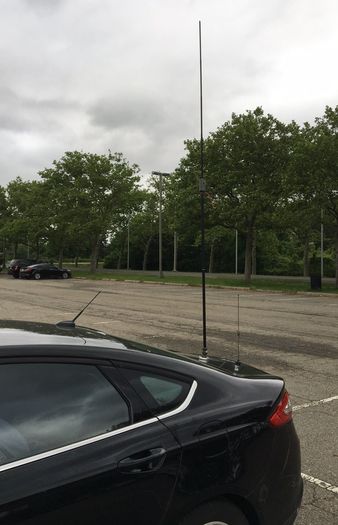
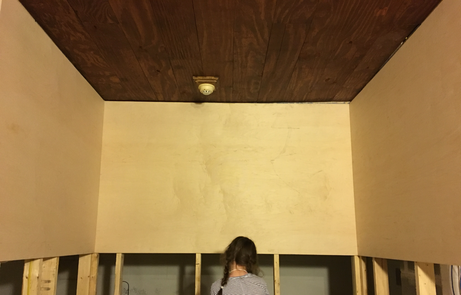
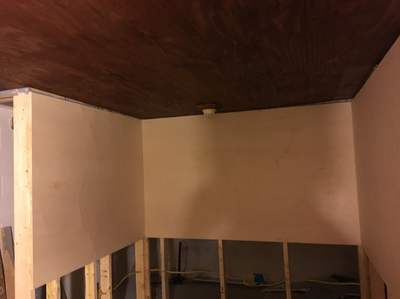
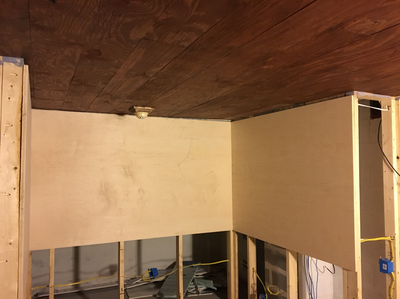
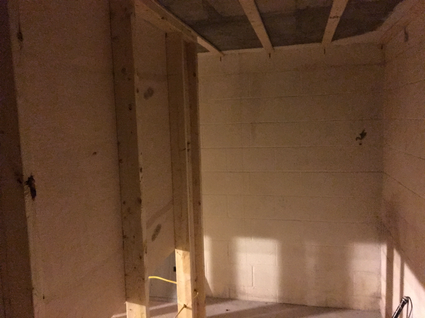


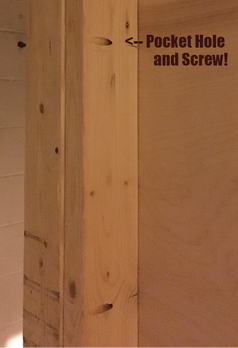
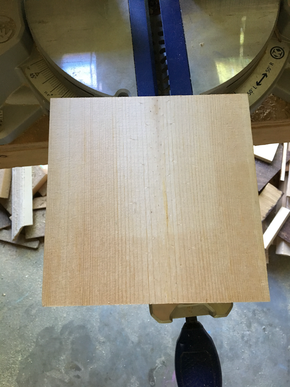
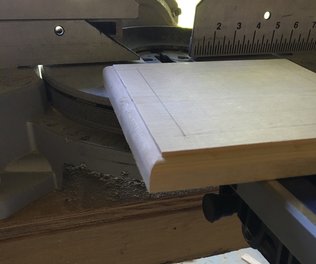
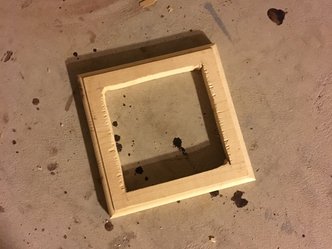
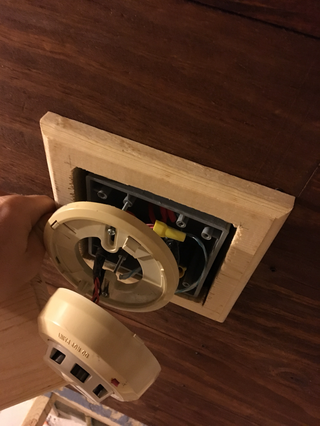
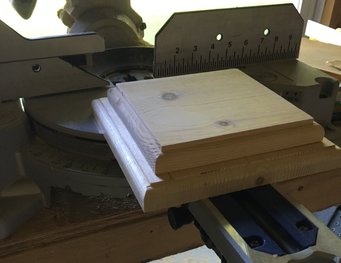
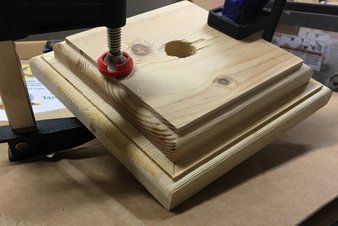
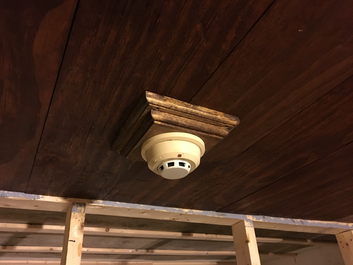
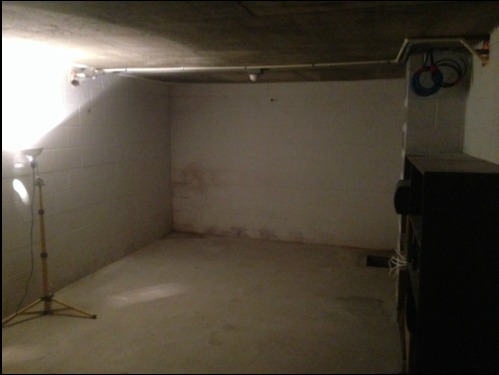


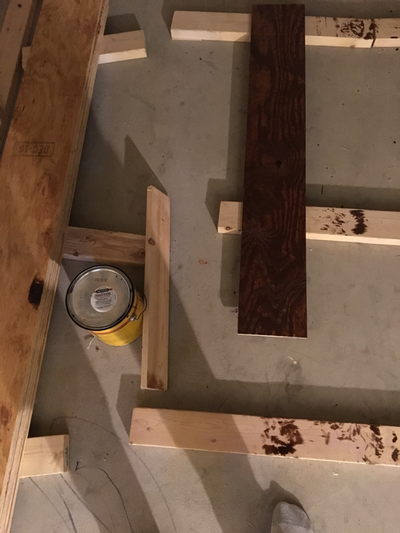
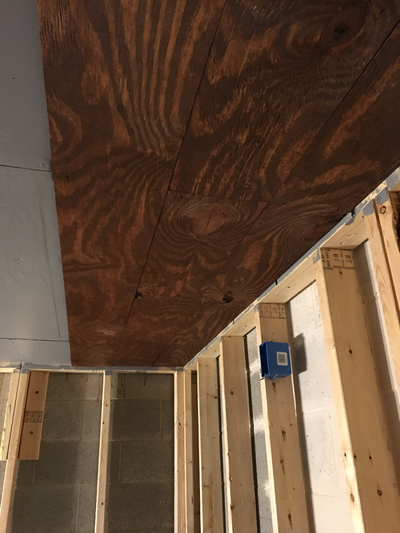
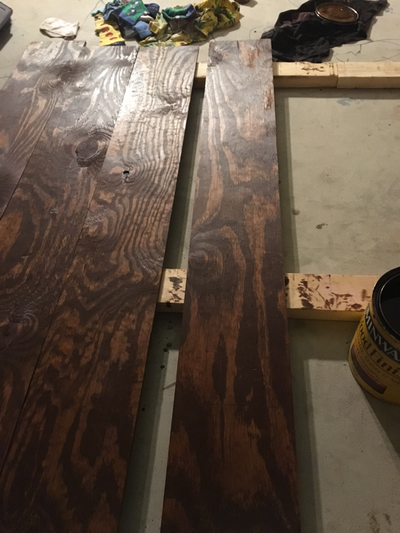
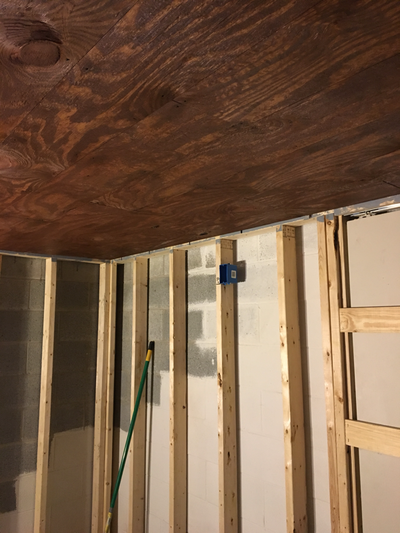
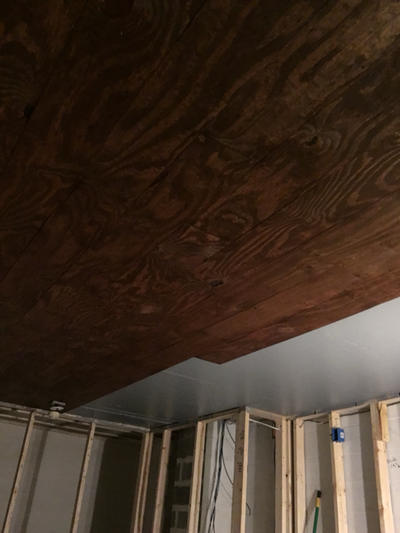
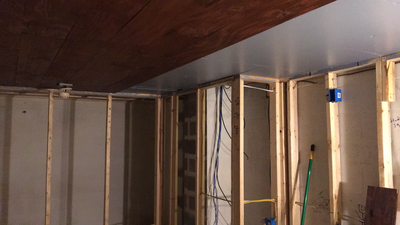
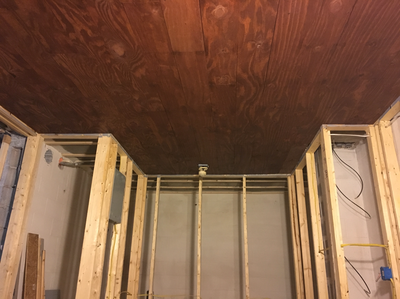
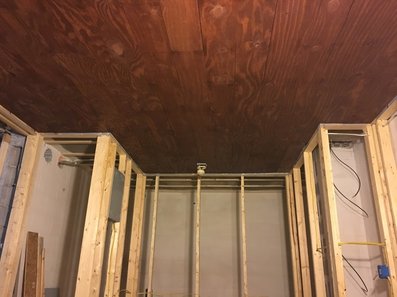
 RSS Feed
RSS Feed
